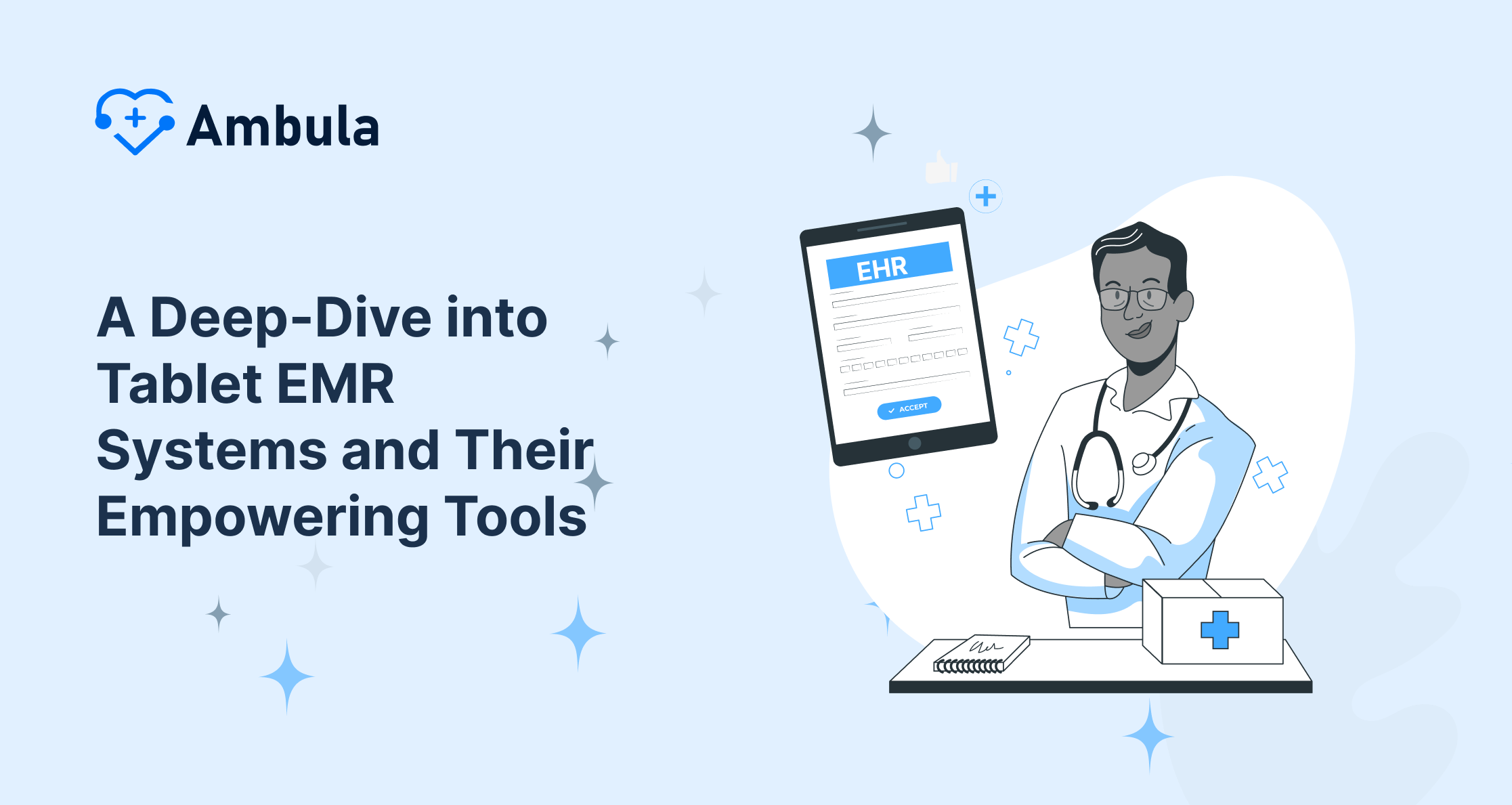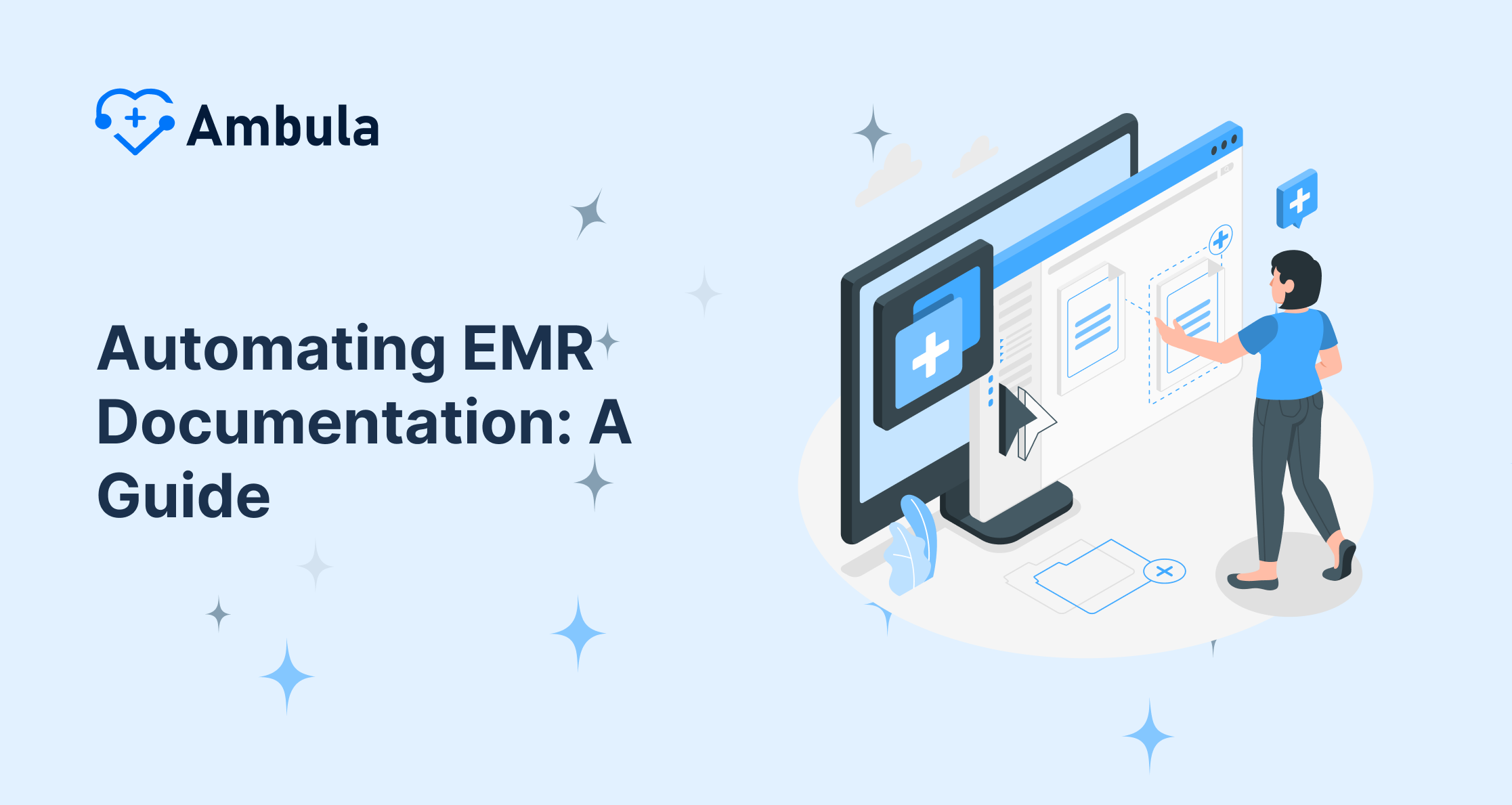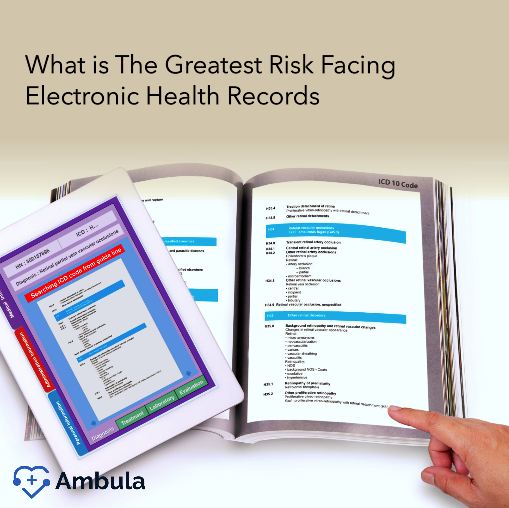Topics
- Explaining meaningful use
- Meaningful use criteria
- Meaningful use and surgery
- Difference between EMR and EHR
- Common surgeries
Learning meaningful use knowledge for surgery centers is part of Health Information Technology (HIT). What are the effects of meaningful use and HIT on surgery procedures?
With medical costs rising, quality being inconsistent, and the economic problems, HIT is now the answer. It all starts with facing the problems. The healthcare delivery system faces problems like inefficient communication between providers and patients.
Additionally, the missing parts of the governance structure and lack of resources lead to poor management. EHRs (Electronic Health Records) help a lot with the circulation.
However, they’re not sufficient. Societal change is needed. The new social and technological system begins with meaningful use.
Meaningful use is responsible for re-designing the ecosystem of healthcare with its criteria. Meaningful use criteria set the goals and priorities for the targeted healthcare system.
Explaining meaningful use
Explaining meaningful use is easy. Meaningful use is simply an incentive EHR (Electronic Health Record) program. The target of meaningful use is to achieve better outcomes in the healthcare system. In short, achieve healthcare goals.
Furthermore, meaningful use is a financial incentive that reduces errors and organizes data. It helps set alerts and reminders while taking part in clinical decision support. There are 3 principal components of EHR usage within medical use:
1- Usage of certified EHR technology to offer quality and better monitoring.
2- For the exchange of electronic data thus improving medical care in terms of quality.
3- E-prescribing.
Meaningful use enhances safety, quality, efficiency while engaging patients and their families.
Meaningful use criteria
The stages for Meaningful use criteria are three.
Stage 1: Data recording and sharing.
Firstly, this stage was introduced in 2011. It includes the following:
1- To capture health data in a coded manner
2- To communicate the captured data for the care coordination
3- To report the public health information and the clinical quality measures
Stage 2: The Improved clinical process.
Secondly, this stage was introduced in 2013. It includes the following:
1- Support for clinical decisions
2- Management of the disease
3- Supporting the patient’s access to health data
4- The transitions within the care
5- The measurement of quality
6- Research
7- The bi-directional connection with the public health agencies
Stage 3: Advanced outcomes.
Thirdly, this stage was introduced in 2017. It includes the following:
1- The access of patients to self-management tools
2- The management of population health
3- The application of improvements in terms of safety, quality, and efficiency
Check out these articles after you’re done
Meaningful use and surgery
Studying Meaningful use knowledge for surgery centers is as important as focusing on primary care groups and large hospitals. Although the implementation is not as easy as one might think, a lot of training can help. The benefits of meaningful use in surgery include:
1- Higher efficiency in practice: this decreases the employee workload. Also, it saves time with the pre-saved patient history and demographic information.
2- Better outcomes for patients: this boosts the adherence to protocol along with the medical guideline. It helps as well identifying occurrence patterns.
Moreover, a better outcome is proven by the reduction of average inpatient stay. CPOE falls off medication dosing errors too. Besides, meaningful use leads to less unnecessary admissions, elevated mood disorder screening, and a smaller time to diagnosis.
3- Less overhead costs: this saves a lot of costs when it comes to training and installation.
Difference between EMR and EHR
The Difference between EMR and EHR can be understood through their definitions. EMRs are a digital version for the charts of the patients. Thus, containing the treatment history and the medical history from one practice. When you switch doctors, your EMR won’t follow.
These records stay at the initial doctor’s office. On the other hand, EHR s have patient records from different doctors. Consequently, allowing for a more long-term holistic view of the health of each patient.
Additionally, EHRs contain test results. History of present illness, demographics, medical history, and medications. Wherever you go, your EHR gets shared among physicians. Not only does this improve care and outcomes, but it also gives physicians access to a bigger range of data about you. Evidently, the doctor’s decisions will be well informed with better health plans.
Common surgeries
The most common surgeries conducted include the following:
- Appendectomy: Removal of the appendix
- Breast biopsy: removal of breast tissues or cells
- Carotid endarterectomy: removing blockage from carotid arteries
- Cataract surgery: removing the cloudy lens from the eyes and replacing it with a clear artificial one
- Hemorrhoidectomy: removing surgically the hemorrhoids
- Low back pain surgery: last resort for back pain when other procedures don’t work
- Partial colectomy: removing a section of the colon
Meaningful use of knowledge for surgery centers is useful for everyone who might encounter the healthcare system. Knowing about the updates of this ecosystem keeps you alert and informed.
Choose your doctors wisely!
Finally, choose your doctors wisely, and don’t forget to ask the essential questions. As you may have noticed, meaningful use is the new era of medical care. Now that we’ve introduced it to you, don’t hesitate to share!
You can phone Ambula healthcare system if you have any type of inquiry (805) 558-2418! And now check out Patient satisfaction surveys!





